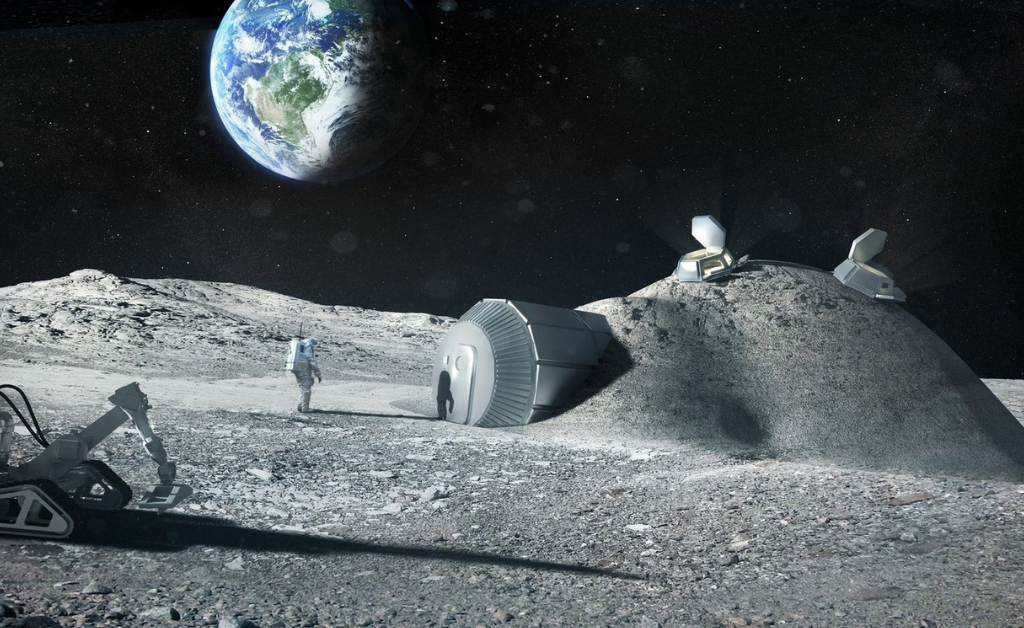Your Dream of Living on the Moon Is One Step Closer, Thanks to NASA for This Plan

/ Living on the moon, once a dream confined to science fiction, is now closer to becoming a reality, thanks to NASA’s futuristic planning.
By Nilesh Badwar.
Date: 05 Oct 2023, 21:52 PM IST
The space agency has recently unveiled an ambitious blueprint that aims to construct habitable structures on the moon by the 2040s. This groundbreaking initiative involves the utilization of 3D printing technology and lunar concrete, a material derived from the moon’s surface, in collaboration with universities and private technology companies.
For decades, the moon has captured the imagination of humanity, with its barren and challenging environment serving as a beacon for future exploration and colonization. Since the historic Apollo mission in 1972, humans have yearned to return to our nearest celestial neighbor. Now, NASA’s visionary project not only aims to make lunar living a reality but also sees the moon as a stepping stone to even more distant destinations, including Mars.
The lunar colony project is not merely about setting up a lunar base, but it also serves as a crucial training ground for preparing astronauts and scientists for future missions to planets beyond our solar system. Establishing a self-sustaining lunar colony will facilitate testing and refinement of off-world construction techniques, the development of new materials, and the assessment of structural durability under extreme environmental conditions. Moreover, the moon and Mars offer a unique opportunity for securing valuable assets, such as potential resources for mining, which makes early colonization a strategic imperative.
One of the most exciting aspects of NASA’s lunar vision is the agency’s commitment to making lunar living accessible to more than just astronauts. The goal is to eventually allow civilians to reside in these lunar homes, offering an unprecedented opportunity for human expansion beyond our planet. However, skeptics have raised concerns about the ambitious timeline, especially considering that the Artemis mission, which aims to return astronauts to the moon, has not yet been executed and is scheduled for 2024. Despite these challenges, NASA’s Director of Technology Maturation, Niki Werkheiser, remains optimistic, emphasizing that the agency possesses the necessary expertise and resources to achieve these lofty goals.
Once a sustainable human presence is established on the moon, a multitude of exciting activities will ensue. For instance, NASA’s Lunar Codex project plans to place the works of over 30,000 artists on the lunar surface, transforming it into a unique canvas for human expression. Additionally, research is underway on the complex science of reproduction in space, marking another frontier in our quest to extend human life beyond Earth.
In conclusion, NASA’s plans for lunar colonization represent a monumental milestone in the realm of space exploration. By establishing a sustainable presence on the moon, scientists aim to gain invaluable knowledge and experience that will undoubtedly propel us toward more audacious goals, such as the exploration of Mars and beyond. The dream of living on the moon is no longer a fantasy but a tangible goal that is rapidly coming into focus, thanks to the pioneering efforts of NASA and its collaborators.
Official Source.
